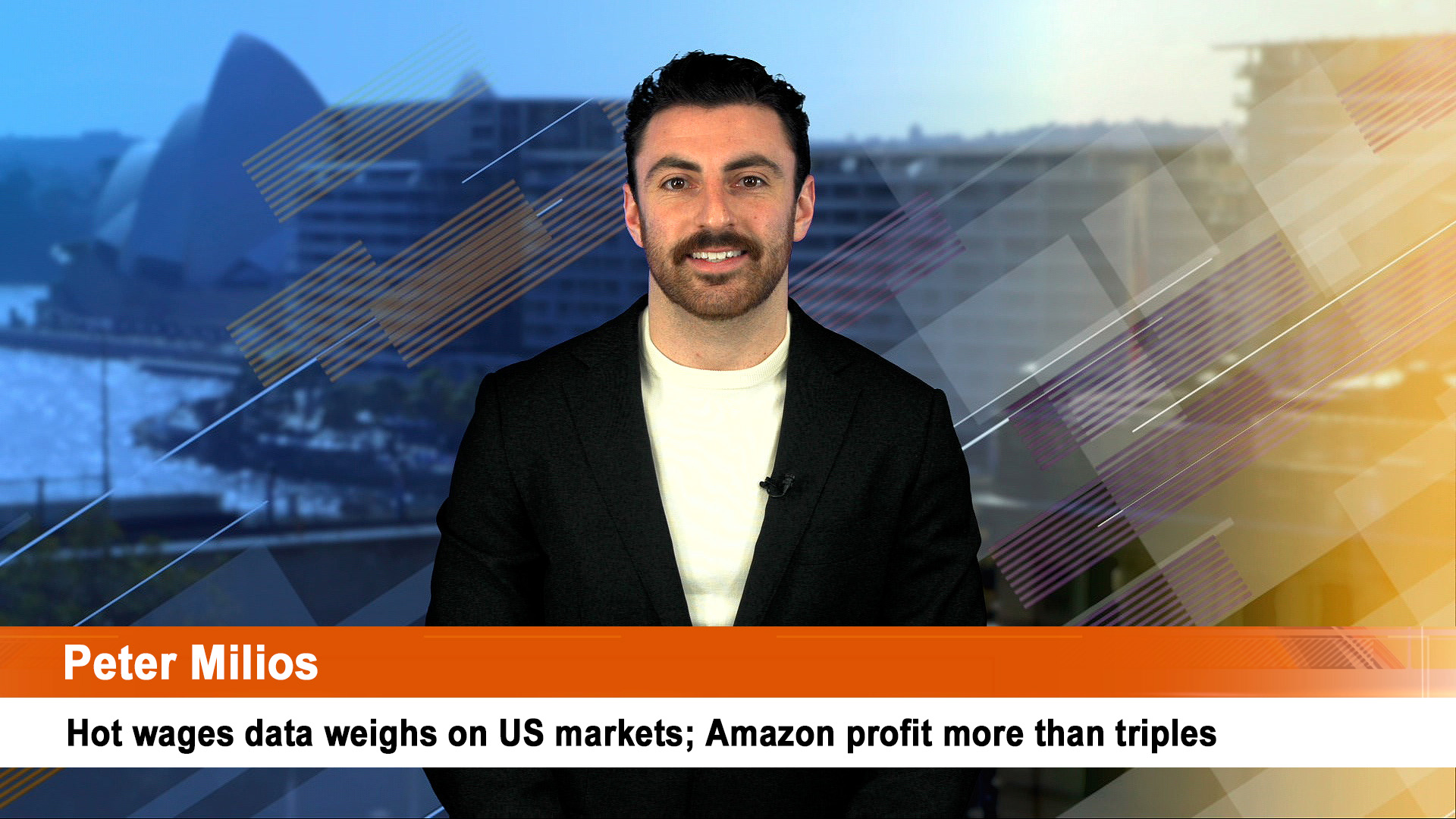“Mixed’ was the nice way of describing the state of share markets on Friday – and much of the week. “Slightly confused” would be more accurate as a plethora of factors saw a lot of wobbling – helped by an overlay of an agonised Elon Musk warning of big job cuts in his company.
Friday and last week saw the now usual wall of worry for investors – high inflation, rising interest rates; rising oil prices, the whispers that a recession ‘looms’; weakish profits (and growing downgrades) and then the big surprise of Elon Musk, a day after telling white collar staff to leave if they didn’t want to return to the office, blithely telling the world he wants to cut 10% of the company’s 99,000 staff (presumably worldwide) and revealing he had “a super bad feeling” about the US economy.
Musk’s warning overtook Friday’s report showing stronger than expected number of new jobs created in the US in May – 390,000 – worried some investors who fear further big rate rises from the Fed (after actively calling for big rises a month or so ago when inflation was rising quickly).
The jobless rate remained steady on 3.5% and hourly wages rose 0.4% in May after the 0.3% rise in April to be up 5.2% for the year, down from 5.5% in April.
So the Dow fell 348.58 points, or 1.1%, to 32,899.70. The S&P 500 slipped 1.6% to 4,108.54 and the Nasdaq fell nearly 2.5% to 12,012.73.
All three indexes finished negative on the holiday-shortened week. The S&P 500 fell 1.2%, while the Dow and the Nasdaq each lost nearly 1%.
Musk’s warnings though took the markets by surprise, comping a couple of days after JPMorgan boss Jamie Dimon surprised with a warning of his own – that he is preparing his bank for a “hurricane” that was bearing down the US economy.
Musk’s remarks early on saw the market drop in pre-open trading and continue that way.
It was a battle to see who was the most alarmist – “You know, I said there’s storm clouds but I’m going to change it … it’s a hurricane,” Dimon said Wednesday at a financial conference in New York. While conditions seem “fine” at the moment, nobody knows if the hurricane is “a minor one or Superstorm Sandy,” he added, according to media reports.
Musk had warned in recent weeks about the risk of a recession, but his email ordering a hiring freeze and staff cuts was the most direct and high-profile message of its kind from the head of an automaker. Friday’s email, sent on Thursday and titled “pause all hiring worldwide”, came two days after the billionaire told staff to return to the workplace or leave
Friday, in an email obtained by Reuters and then widely distributed, Musk said “Tesla will be reducing salaried headcount by 10% as we have become overstaffed in many areas. Note this does not apply to anyone actually building cars, battery packs or installing solar. Hourly headcount will increase.”
Saturday Musk tried a bit of clarification, tweeting that while total staff numbers at Tesla will rise over the year, white collar job numbers will be flat. Reuters pointed out that Tesla currently has 5,000 job vacancies listed on its website and those of job websites in the US and elsewhere.
It’s not the first time Musk has talked about a looming slowdown.
He told a virtual conference in Miami Beach in early May “I think we are probably in a recession and that recession will get worse.” He added: “It’ll probably be some tough going for, I don’t know, a year, maybe 12 to 18 months, is usually the amount of time that it takes for a correction to happen.”
In late May, when asked by a Twitter user whether the economy was approaching a recession, Musk said: “Yes, but this is actually a good thing. It has been raining money on fools for too long. Some bankruptcies need to happen.”
With that background, it’s no wonder that the emails Thursday and Friday whacked the markets and overrode all those other fears.
A US analyst told CNBC ” “You can’t have the poster child of risk saying they’re going to reduce their headcount by 10%. If they’re supposed to have a multiple for growth, and they reduce the headcount, then something has to give with valuation.”
Tesla shares fell 9% Friday, helping take Wall Street lower.
…………
Australian shares are looking for a 30 point plus slide this morning after Wall Street’s very mixed and weaker close on Friday.
That will be after the ASX 200 index ended 0.9% higher at 7,238.80 on Friday.
Mining stocks rose 2.9% on strong iron ore prices. BHP Group and Rio Tinto rose 2.5% and 2.7%, respectively on Friday
Lithium miners also extended gains, with Pilbara Minerals, Liontown Resources, and IGO Ltd rising by between 4%-7.5%.
For the week, Aussie shares were up 0.8%, Eurozone shares down 0.8% Japanese shares rose 3.7% and Chinese shares rose 2.4% helped by news of a relaxation of Covid restrictions.
The gains in Australian shares were led by resources, consumer staples and industrials offsetting falls in utilities where surging energy prices hit hard (Origin Energy down 9.9% for the week). Bond yields rose sharply as did oil,
Copper (back over $US10,000 a tonne) and iron ore prices rose as did oil prices despite OPEC agreeing to increase oil production by 648,000 barrels a day for July and August.
The AMP’s Dr Shane Oliver said the rise in oil prices – more than 3% for the week and reflected scepticism that all members will be able to boost production, at the same time that US oil stockpiles fell and the EU announced a partial ban on Russian oil imports. The $A rose despite strength in the $US, ending at 72.07 US cents and was still up 0.6% for the week.
Dr Oliver pointed out on Friday that rising global energy prices pose a threat to the “peak inflation” scenario – with the EU’s ban on the two thirds of Russian oil that it imports by sea and China’s reopening being the latest source of upwards pressure on oil prices. The EU move raises the risk that Russia will cut off some more of its gas exports to Europe in retaliation.
Oil and gas prices and supplies will continue to dominate markets.













